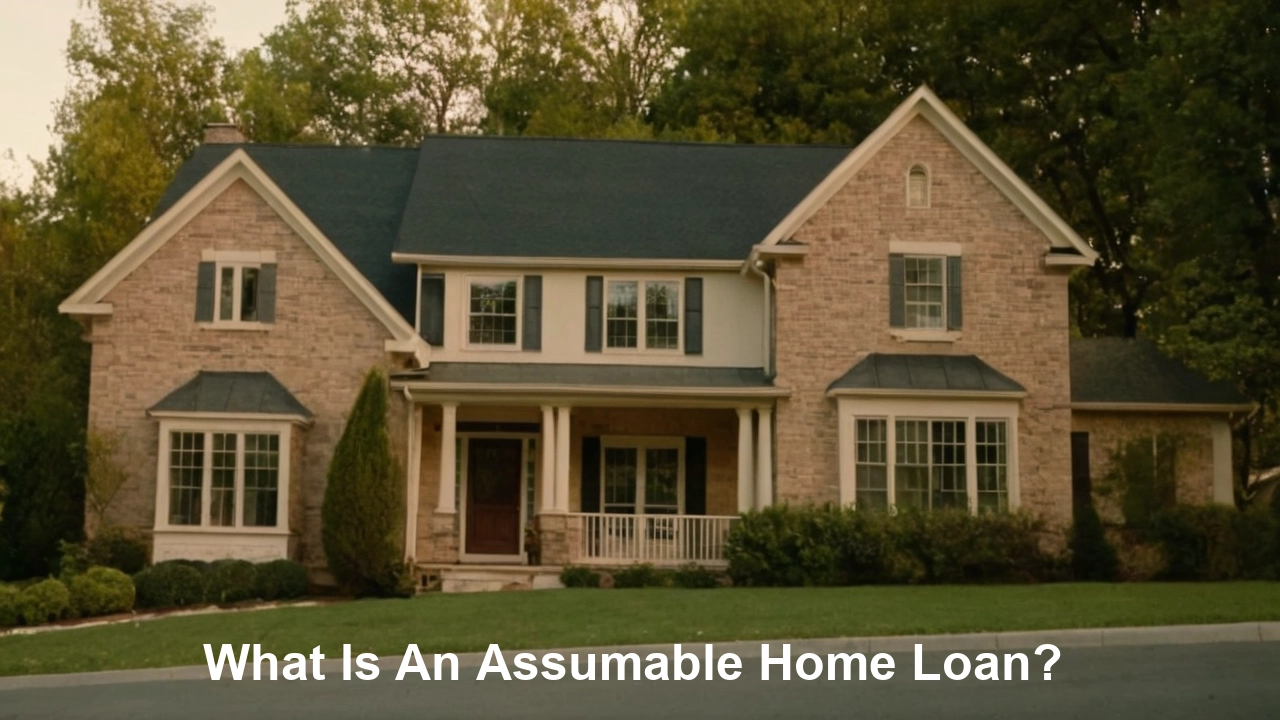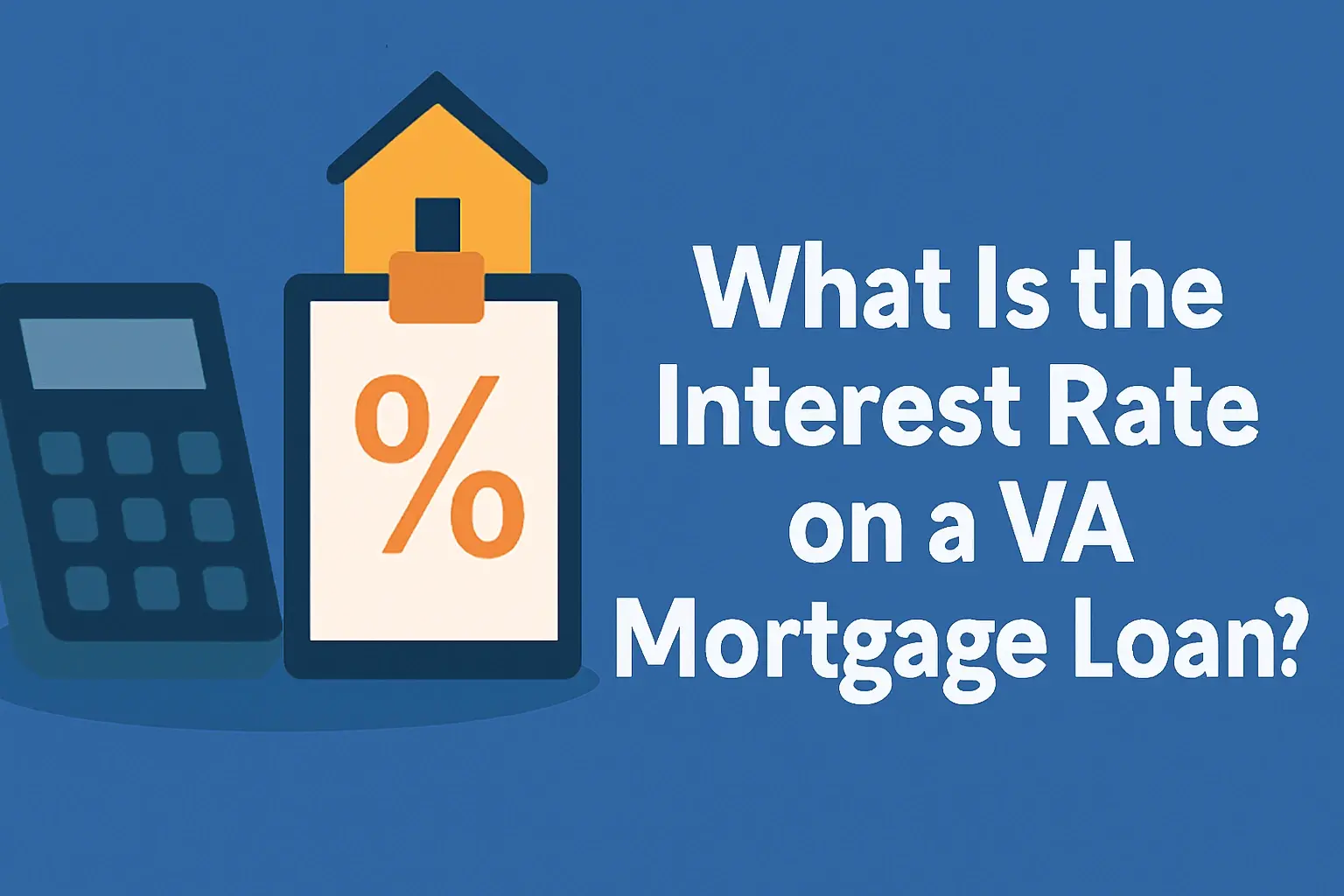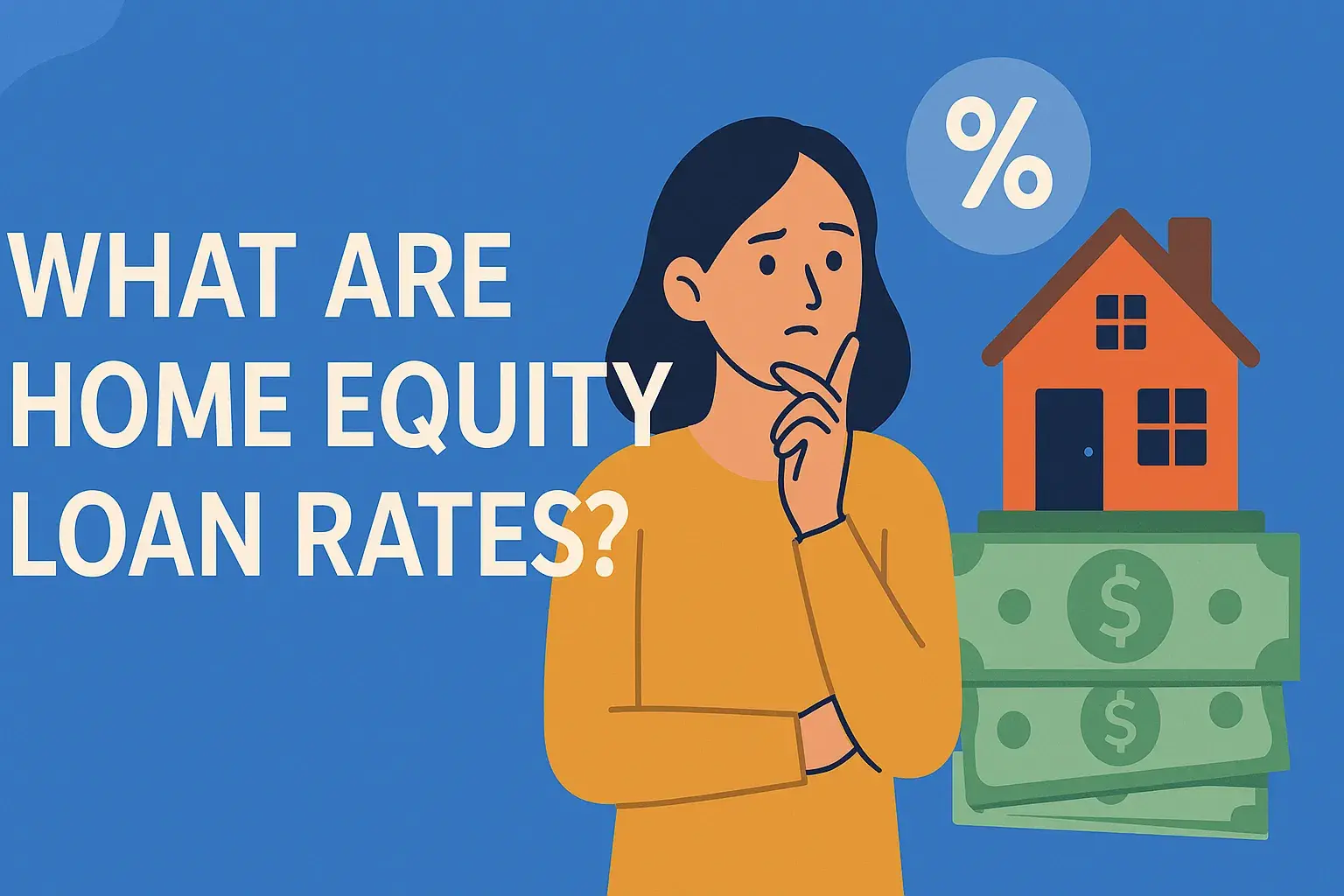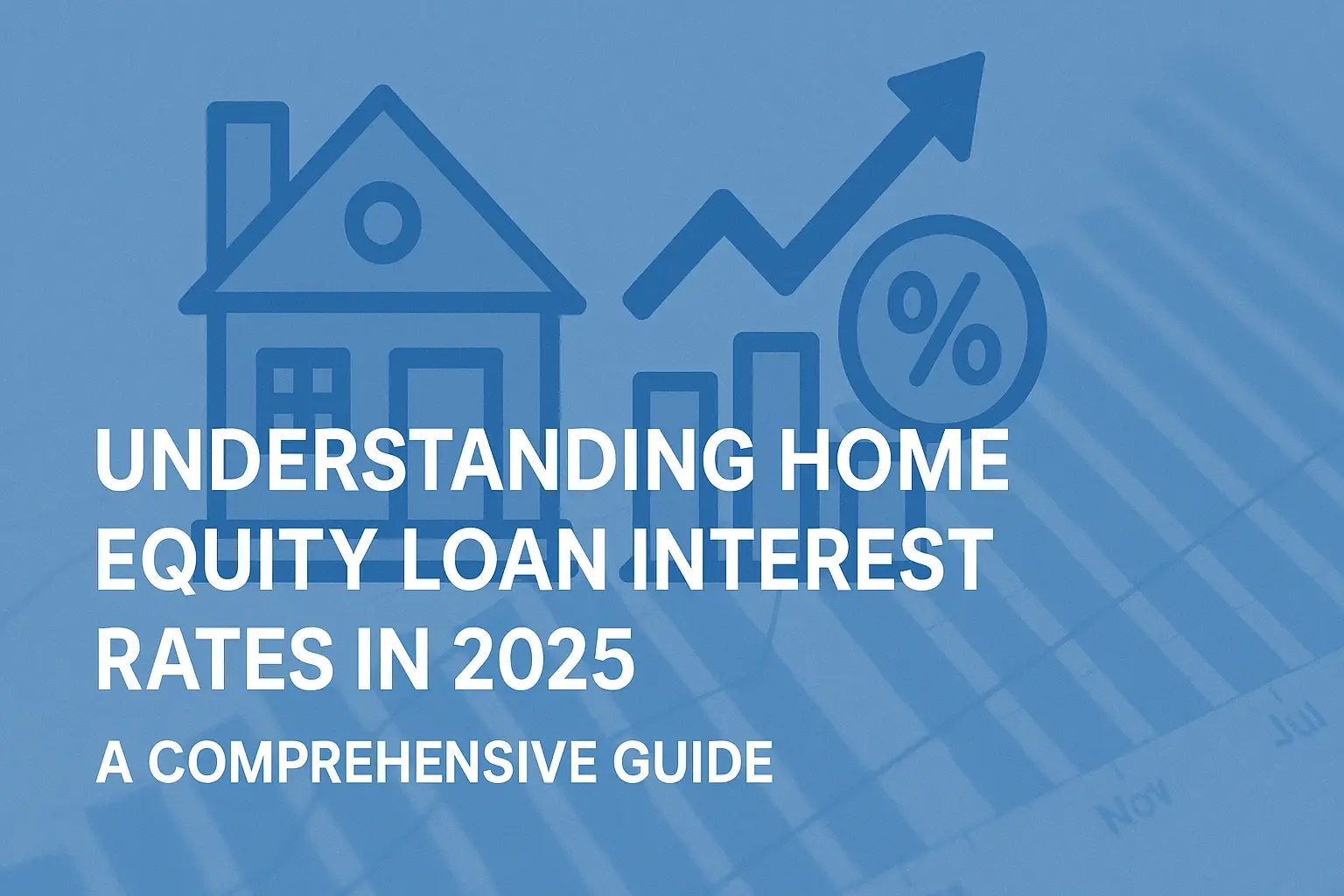-
Posted on: 23 Aug 2024

-
In the ever-evolving landscape of real estate and home financing, understanding different types of mortgages is crucial. Among them, the assumable home loan stands out as a unique option that can potentially offer significant advantages to both buyers and sellers. But what exactly is an assumable mortgage, and how does it work? This comprehensive guide will walk you through the ins and outs of assumable home loans, covering everything from eligibility requirements to the potential benefits and drawbacks.
Understanding Assumable Home Loans
An assumable home loan is a type of mortgage that allows a qualified buyer to take over the existing loan of the seller. This means the buyer assumes responsibility for the remaining mortgage balance, interest rate, and repayment terms as they are, without needing to obtain a new loan. It's essentially inheriting the previous homeowner's mortgage.
How Does it Work?
The process of assuming a mortgage involves several key steps:
- Identifying an Assumable Loan: Not all mortgages are assumable. Typically, loans backed by government agencies like the Department of Veterans Affairs (VA) and the Federal Housing Administration (FHA) are more likely to be assumable than conventional mortgages. The seller needs to check their mortgage paperwork or contact their lender to confirm if their loan is assumable.
- Buyer Qualification: The buyer must meet the lender's creditworthiness and financial requirements to be approved for the assumption. This often involves a credit check, income verification, and assessment of debt-to-income ratio.
- Application and Approval: The buyer submits an application to the lender for approval to assume the loan. The lender will review the application and determine if the buyer meets the necessary criteria.
- Assumption Agreement: Once approved, an assumption agreement is drafted, outlining the terms and conditions of the loan transfer.
- Closing: Similar to a traditional home purchase, a closing takes place where all parties sign the necessary documents, and the buyer officially takes over the mortgage.
Types of Assumable Home Loans
While assumability can depend on the specific loan terms, certain types of mortgages are generally more likely to be assumable:
VA Loans
VA loans are perhaps the most well-known type of assumable mortgage. These loans are backed by the Department of Veterans Affairs and offer numerous benefits to eligible veterans and their families. The assumability of VA loans is a significant advantage, especially when interest rates are on the rise.
Benefits of Assuming a VA Loan:
- Potentially Lower Interest Rate: If the existing VA loan has a lower interest rate than current market rates, the buyer can save a significant amount of money over the life of the loan.
- No VA Funding Fee for Veterans: If the buyer is also a veteran, they typically won't have to pay the VA funding fee, which can be a substantial cost with a new VA loan. However, non-veterans assuming a VA loan will generally be required to pay a fee.
- Faster Closing Process: Assuming a mortgage can sometimes be a faster process compared to obtaining a new loan.
FHA Loans
FHA loans, insured by the Federal Housing Administration, are also often assumable, although with stricter requirements than VA loans. Assumability of FHA loans can be particularly attractive to first-time homebuyers or those with less-than-perfect credit.
Benefits of Assuming an FHA Loan:
- Potentially Lower Interest Rate: Similar to VA loans, assuming an FHA loan with a lower interest rate can lead to significant savings.
- Easier Qualification: FHA loans generally have more lenient qualification requirements compared to conventional mortgages, which can make them accessible to a wider range of buyers.
- Lower Down Payment: In some cases, the buyer may be able to assume the loan with a lower down payment compared to what would be required for a new FHA loan.
Conventional Loans
Conventional mortgages, which are not backed by a government agency, are generally not assumable. However, there might be exceptions depending on the specific terms of the loan agreement. It's crucial to review the mortgage documents carefully to determine if a conventional loan is assumable.
Advantages of Assuming a Home Loan
Assuming a home loan can offer several compelling advantages for both buyers and sellers:
For Buyers:
- Lower Interest Rates: The primary advantage is often the ability to secure a lower interest rate than currently available in the market. In periods of rising interest rates, this can result in substantial savings over the life of the loan.
- Reduced Closing Costs: Assumption often involves lower closing costs compared to originating a new mortgage. This can save buyers thousands of dollars.
- Faster Closing Process: The assumption process can sometimes be quicker than obtaining a new loan, as much of the paperwork and underwriting have already been completed for the original loan.
- Avoiding Origination Fees: Buyers avoid paying loan origination fees typically associated with new mortgages.
For Sellers:
- Wider Pool of Potential Buyers: Offering an assumable mortgage can attract a larger pool of buyers, especially in a challenging real estate market.
- Faster Sale: The prospect of a lower interest rate and reduced closing costs can expedite the sale of the home.
- Competitive Edge: Having an assumable mortgage can give the seller a competitive edge over other listings in the area.
- Simplifying the Sale (Potentially): While there's still paperwork, in some cases it can streamline the sale process.
Disadvantages and Risks of Assuming a Home Loan
While assuming a mortgage offers numerous benefits, it's essential to be aware of the potential drawbacks and risks:
For Buyers:
- Lender Approval: Buyers must still meet the lender's creditworthiness and financial requirements, and approval is not guaranteed.
- Limited Loan Amount: The buyer is limited to the existing loan amount, which may not be sufficient to cover the purchase price of the home. They will need to have cash available to cover the difference, or obtain a second mortgage.
- Due-on-Sale Clause Concerns: While assumable loans exist, buyers need to be sure the initial mortgage doesn't contain a due-on-sale clause that could prevent an assumption.
- Potential for Negative Equity: The buyer inherits the existing equity position in the home. If the home's value has decreased since the original loan was taken out, the buyer could be starting with negative equity.
- Assumption Fees: Lenders typically charge a fee for processing the mortgage assumption.
For Sellers:
- Liability Concerns (VA Loans): If the buyer defaults on the loan, the original borrower (seller) may still be liable for the debt, particularly with VA loans. This can impact their eligibility for future VA loans. A release of liability is possible but not automatic.
- Slower Process (Potentially): While sometimes faster, the assumption process can sometimes take longer than expected due to lender requirements and paperwork.
- Loss of Control: The seller has less control over the buyer selection process compared to a traditional sale.
- Negotiation Limitations: Because the loan terms are already set, there's less room for negotiation on the interest rate or other loan terms.
Eligibility Requirements for Assuming a Mortgage
The eligibility requirements for assuming a mortgage vary depending on the type of loan and the lender's specific criteria. However, some common requirements include:
- Creditworthiness: The buyer must have a good credit score and a history of responsible financial behavior.
- Income Verification: The lender will verify the buyer's income to ensure they can afford the monthly mortgage payments.
- Debt-to-Income Ratio (DTI): The buyer's DTI, which is the percentage of their gross monthly income that goes towards debt payments, must fall within the lender's acceptable range.
- Employment History: A stable employment history is generally required.
- Meeting Lender's Specific Requirements: Each lender may have its own specific requirements, such as a minimum down payment or a certain level of cash reserves.
The Process of Assuming a Home Loan: A Step-by-Step Guide
Here's a detailed breakdown of the process of assuming a home loan:
- Identify an Assumable Loan: The first step is to find a property with an assumable mortgage, typically a VA or FHA loan. Work with a real estate agent who is familiar with assumable mortgages.
- Review Loan Documents: Carefully review the existing loan documents, including the mortgage note and any related agreements, to understand the terms and conditions of the loan.
- Contact the Lender: Contact the lender servicing the existing mortgage to inquire about the assumption process and requirements.
- Complete the Application: Fill out the lender's application form and provide all required documentation, such as credit reports, income verification, and asset statements.
- Undergo Credit and Financial Review: The lender will review your credit history, income, and debt-to-income ratio to determine if you meet their eligibility criteria.
- Negotiate with the Seller: Negotiate the terms of the sale with the seller, including the purchase price, closing date, and any contingencies.
- Obtain Appraisal (if required): The lender may require an appraisal to ensure the property's value is sufficient to cover the outstanding loan balance.
- Secure Assumption Approval: Once the lender approves your application, they will issue an assumption approval letter.
- Sign Assumption Agreement: Review and sign the assumption agreement, which outlines the terms and conditions of the loan transfer.
- Closing: Attend the closing and sign all necessary documents to finalize the mortgage assumption.
- Fund the Difference: Pay any difference between the assumed loan amount and the purchase price. This typically involves a down payment or other financing.
Is Assuming a Home Loan Right for You?
Determining whether assuming a home loan is the right choice depends on your individual circumstances and financial goals. Consider the following factors:
- Current Interest Rates: Compare the interest rate on the existing loan to current market rates. If the existing loan has a significantly lower rate, assuming it can be a wise financial decision.
- Financial Situation: Assess your creditworthiness, income, and debt-to-income ratio to determine if you meet the lender's eligibility requirements.
- Purchase Price: Evaluate whether the existing loan amount is sufficient to cover the purchase price of the home. If not, you'll need to have cash available or secure additional financing.
- Long-Term Goals: Consider your long-term financial goals and how assuming a mortgage aligns with those goals.
Consult with a real estate agent and a mortgage professional to explore your options and make an informed decision.








